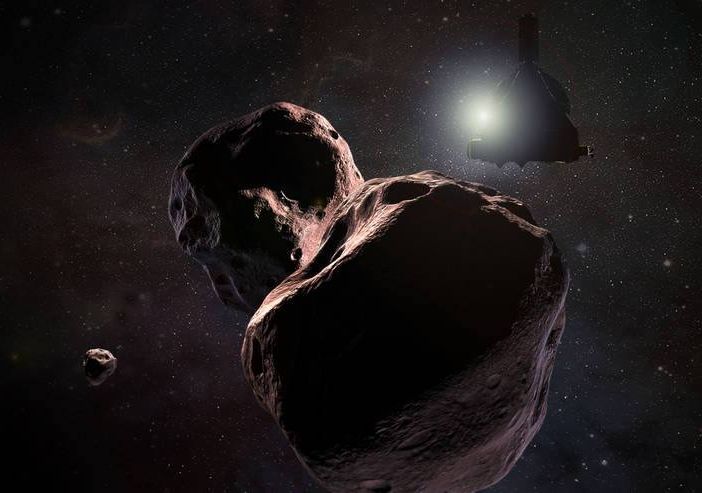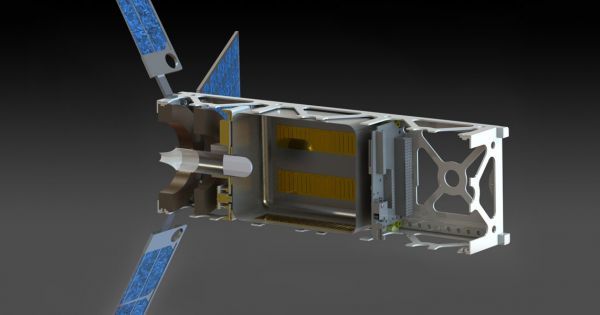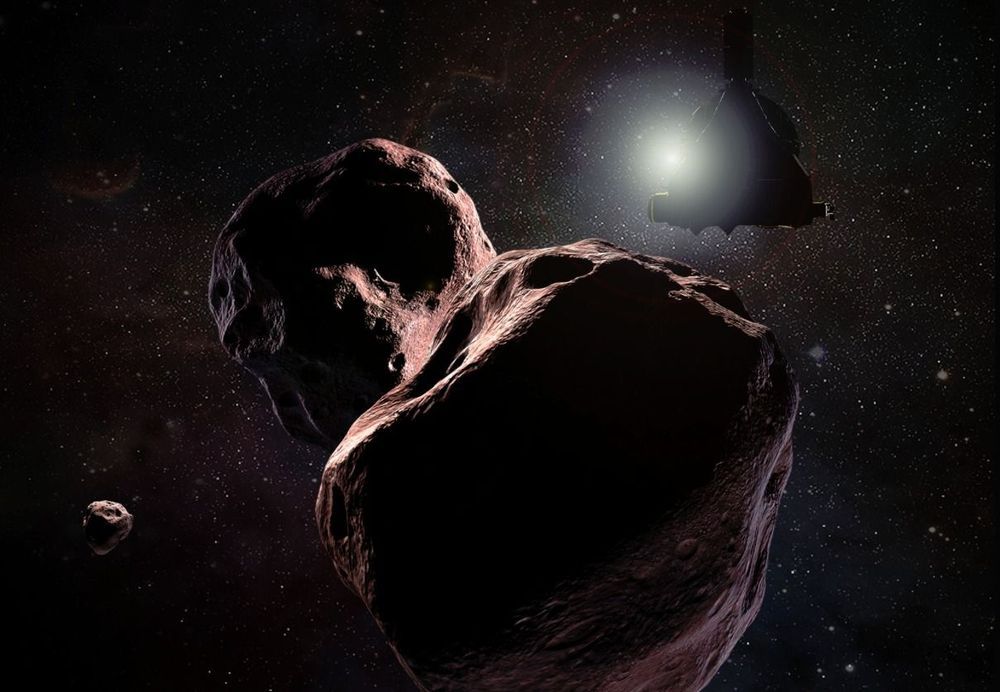Get Astronomy tweets here http://twitter.com/DeepAstronomy
Probably my biggest regret when I made the Hubble Deep Field in 3D video is saying the phrase “these galaxies are racing away from us, in some cases faster than light”.
I had originally thought I was being clever and the comment would spur discussion. instead there was no discussion, only name calling and I mightily regretted putting it in there.
Anyway, this video was a long time coming, I had been meaning to make this for some time to illustrate what I was talking about.
Music used:








